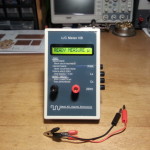The BitX
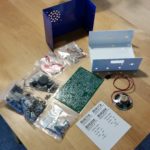 I was fortunate to recently have been gifted a BitX 20 kit by a friend and fellow VE. The kit came from QRPkits.com some time ago, I believe at least a year or so ago.
I was fortunate to recently have been gifted a BitX 20 kit by a friend and fellow VE. The kit came from QRPkits.com some time ago, I believe at least a year or so ago.
My intention was to build it for Field Day 2016. Sadly, while I was well on track to getting the radio built, 2 parts were missing from the kit. BS170 N-Channel MOSFETs to be specific. This put on the breaks for the final assembly and stopped me dead in my tracks with the finish line in sight.
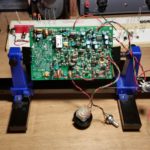 I have the parts waiting for me at Jameco will-call for Monday. Once I get them home, populating the remainder of the circuit board should take about an hour. Then its on to the initial tuning and getting the radio packaged up in its housing.
I have the parts waiting for me at Jameco will-call for Monday. Once I get them home, populating the remainder of the circuit board should take about an hour. Then its on to the initial tuning and getting the radio packaged up in its housing.
I will do a full project write-up in the Projects section soon, but for now just an update.
A Homebrew Signal Generator/Oscillator
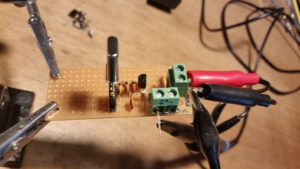 During the BitX build I ran into a small hiccough. The testing at some point calls for the injection of an 11 MHz signal. I would normally use my Lafayette signal generator but for some reason it’s on the fritz so I had to come up with another solution… build an 11 MHz signal generator.
During the BitX build I ran into a small hiccough. The testing at some point calls for the injection of an 11 MHz signal. I would normally use my Lafayette signal generator but for some reason it’s on the fritz so I had to come up with another solution… build an 11 MHz signal generator.
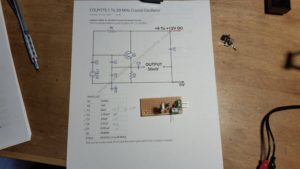 With the crystals in the kit it was easy to build a simple generator with parts on hand and while I only had 1 of the five crystals installed it was easy. By the next testing phase I had installed the remaining 4 crystals. Now I need one for the homebrew SigGen! (click the image for the circuit diagram)
With the crystals in the kit it was easy to build a simple generator with parts on hand and while I only had 1 of the five crystals installed it was easy. By the next testing phase I had installed the remaining 4 crystals. Now I need one for the homebrew SigGen! (click the image for the circuit diagram)
Off to HSC Electronic Supply for some 11 MHz crystals.
This project will also get a write-up in the Projects section soon. This one in in particular has a lot of use in checking unmarked crystals as long as they are between 1 and 20 MHz and is a great foundation piece for beginning builders.
A Homebrew TNC
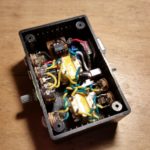 Before I got started on the BitX I was working on getting my Baofeng 2m/70cm HT on digital. I found a couple of designs for a homebrew TNC and set out to make that work.
Before I got started on the BitX I was working on getting my Baofeng 2m/70cm HT on digital. I found a couple of designs for a homebrew TNC and set out to make that work.
Because of the way the PTT key works on the Baofeng I haven’t been able to make the TNC work with the HT but it should work fine with my 40 meter QRPme.com Splinter II and the BitX 20.
A full write-up post is coming on this one too.
Look for all three of these in the Projects section for full details on the builds coming soon.
It’s been a long time since I posted, and most of that time I have been working on non-radio stuff. Now that I am back in the swing of things I have more time for radio stuff so I should be able to post more, and make updates to the Projects pages
As soon as the BitX 20 is up and running I plan on getting the Lafayette working again and get back to the Beach 40 DSB. Another Field Day has slipped through my fingers. I don’t plan on that happening again!
That’s all for now folks, 72, 73, and good night!
~Jon KK6GXG

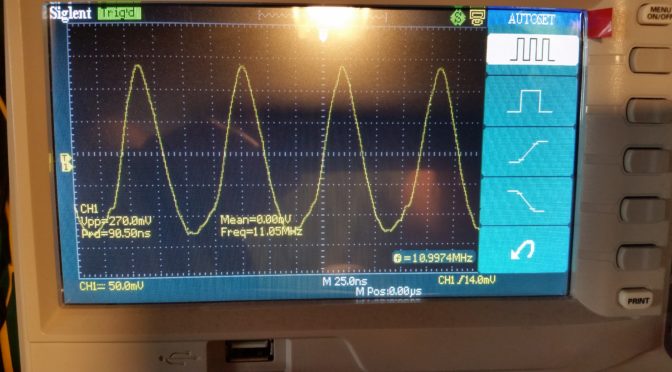
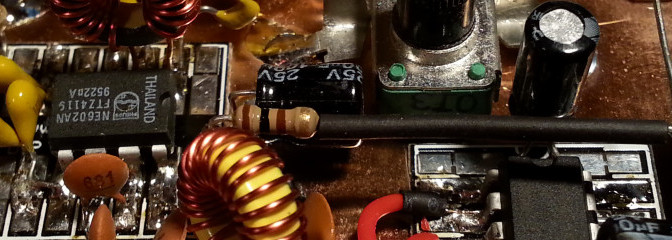
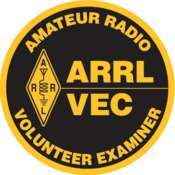 One significant note, I have surpassed the 25 session count as a Volunteer Examiner! I am now up to 27 sessions. Yesterday (4/4) was also my 1 year anniversary with the Silicon Valley VE Group. I have been a VE since December 2014, but I didn’t begin working sessions until April 2015.
One significant note, I have surpassed the 25 session count as a Volunteer Examiner! I am now up to 27 sessions. Yesterday (4/4) was also my 1 year anniversary with the Silicon Valley VE Group. I have been a VE since December 2014, but I didn’t begin working sessions until April 2015.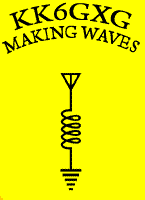 No concrete plans, just some aspirations. For the moment that’s all I can muster. Life and the Day Job have been at the forefront but no playtime makes for cranky-pants, so I need to figure out a way to make some time. This post is one attempt at making some time.
No concrete plans, just some aspirations. For the moment that’s all I can muster. Life and the Day Job have been at the forefront but no playtime makes for cranky-pants, so I need to figure out a way to make some time. This post is one attempt at making some time.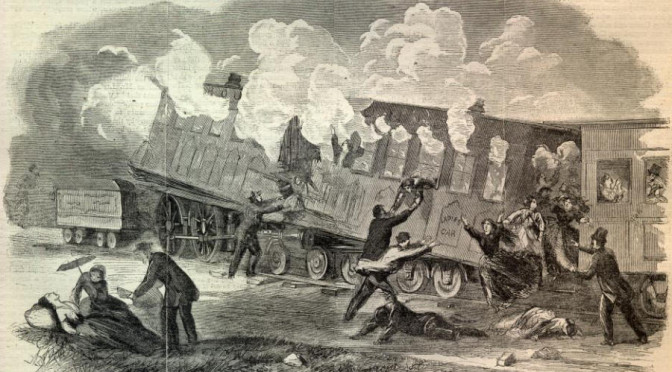
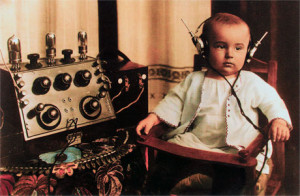 Okay, it’s now March 11th, and I have done just about NOTHING radio related except attending VE testing sessions since what, December?
Okay, it’s now March 11th, and I have done just about NOTHING radio related except attending VE testing sessions since what, December?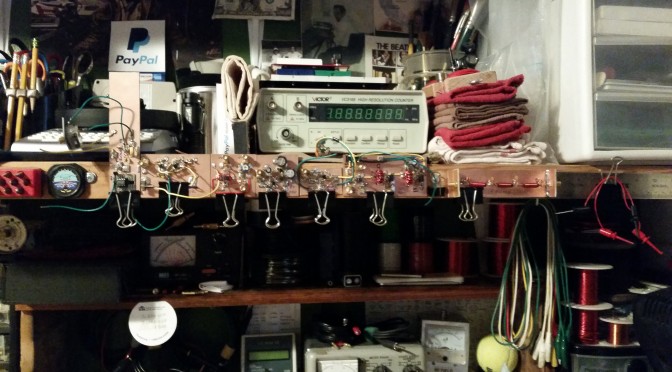
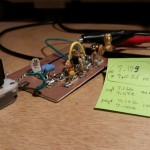
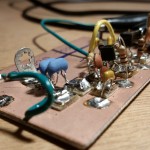
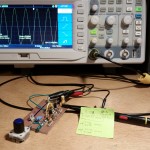
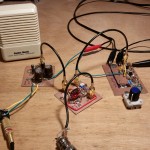
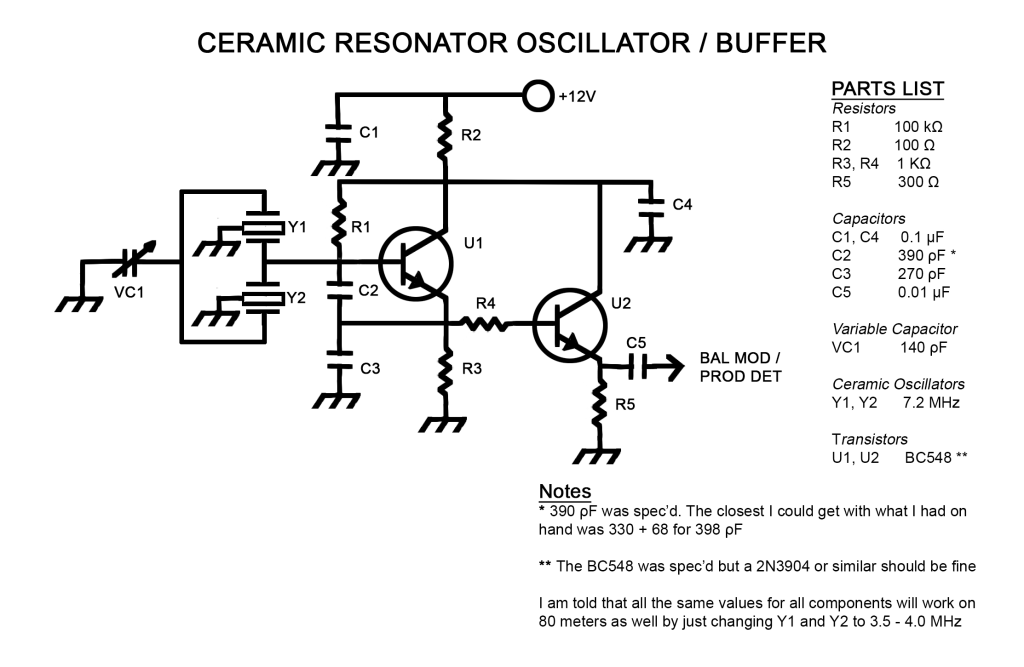
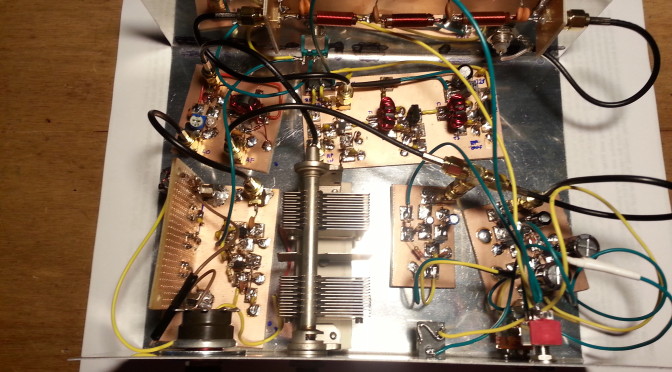
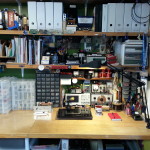

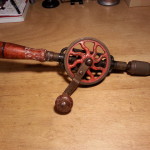

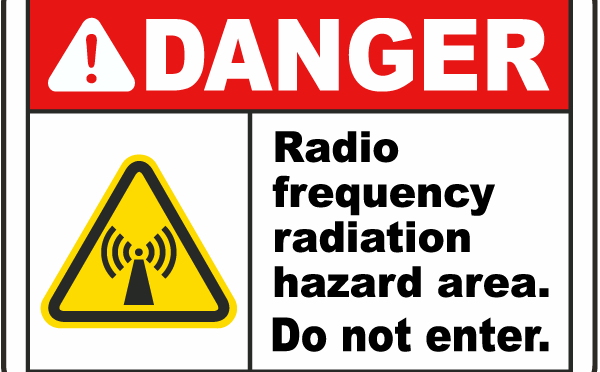
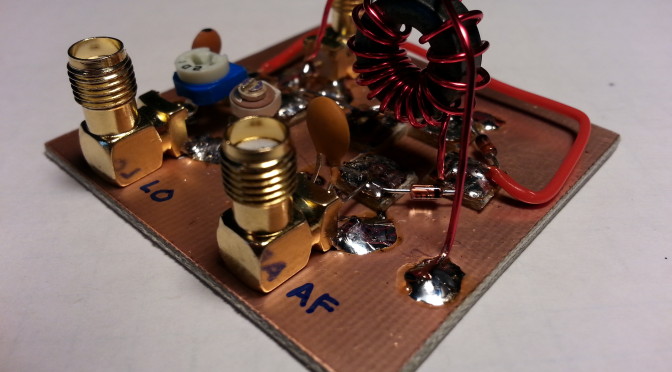
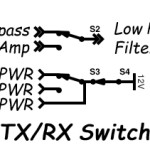
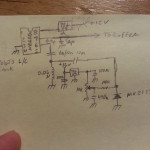
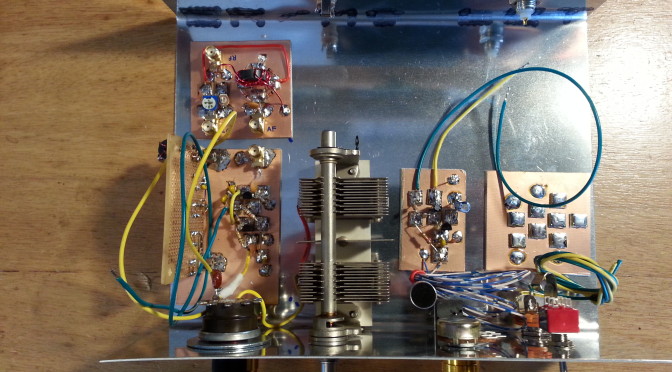
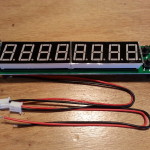
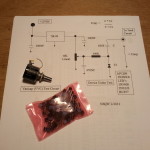
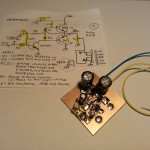
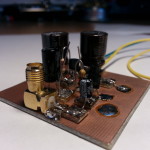
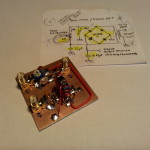
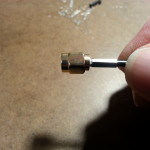
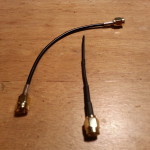
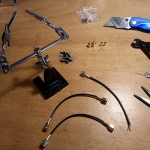
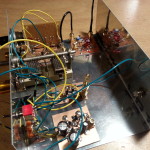
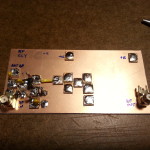

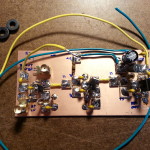
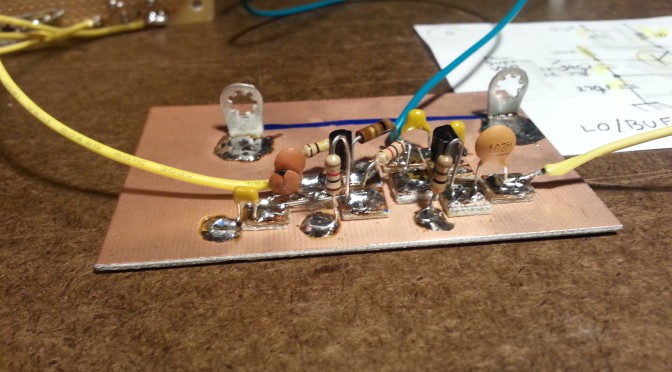
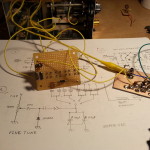
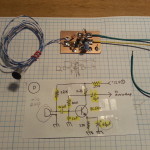
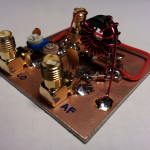
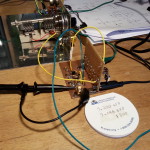
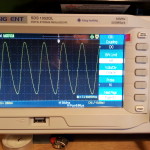
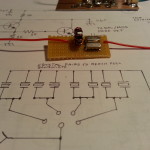
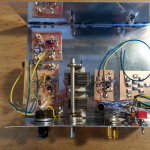
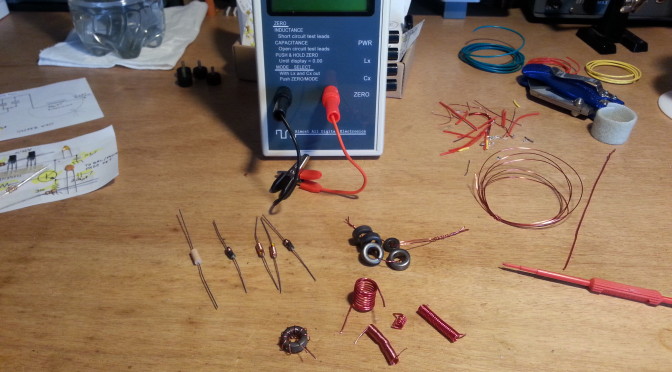
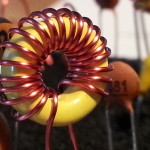
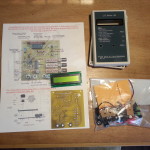
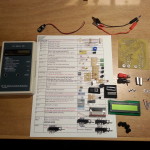
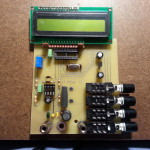 e only hiccough was technician error. I got all of the components soldered in, mounted the board in the back of the case, mounted the LCD, and plugged in the battery. When I turned on the power switch I got nothing. I knew from reading the instructions
e only hiccough was technician error. I got all of the components soldered in, mounted the board in the back of the case, mounted the LCD, and plugged in the battery. When I turned on the power switch I got nothing. I knew from reading the instructions 